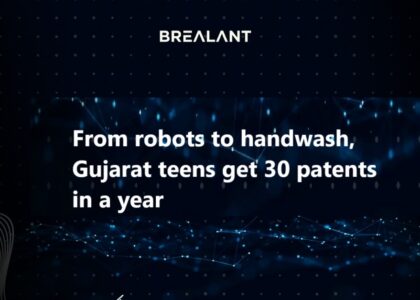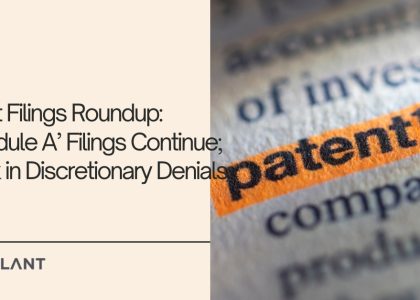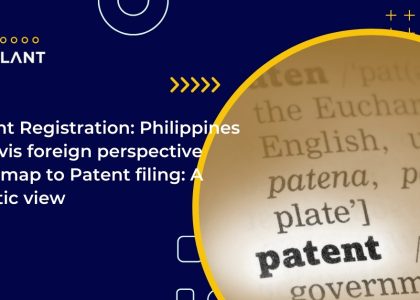Willful Patent Infringement In Patent Law
The term “willful patent infringement” describes duplicating or using an invention without authorization while knowing it is being done. Underwater Devices v. Morrison brought the first patent infringement lawsuit, followed by the Seagate Case.
Since then, the Court has modified its definitions of intentional infringement, patent protection, and the paperwork and supporting evidence needed to establish or refute infringement in several ways.
Underwater Devices Inc. v. Morrison-Knudsen Co., 717 F.2d 1380 (Fed. Cir. 1983)
The true patent owner, UDI, charged Morrison with violating patents 417 and 682. The underground sewer project for which M.K. Co. submitted a proposal required the application of the patented invention. If UDI were to win the bid, M.K would need to pay patent costs and register the patented innovation, according to a letter M.K received from UDI. After M.K. won the offer, they wrote another letter alerting them of the license costs they would incur if their invention were employed in the project. M.K. decided to disregard the ownership of the patent, seeking outside legal advice and navigating the patent in the underwater project.
Their claims were invalid because of an article published a year before their innovation; thus, M.K.’s attorney urged them to refuse to pay the money. The attorney also mentioned that the defender had won 80% of claim infringement cases in previous years. M.K. utilized the patented device for a year before notifying UDI in writing that the royalty fees did not apply for the above reasons.
The Court determined that the infringer had previous knowledge of the invention and wilfully violated it, and UDI successfully filed its patent infringement lawsuit. The Court granted UDI damages and royalties, which M.K was required to pay.
In re Seagate Technology LLC, 83 USPQ2d 1865 (Fed. Cir. 2007) (en banc)
For violating a patent, Convolve Inc. filed a lawsuit against Seagate. Seagate hired independent legal counsel, who recommended they not infringe on the patents because many of the claims were debatable and some still needed to be resolved.
Seagate waived the client-attorney privilege after Convolve filed a patent infringement lawsuit by including the correspondence with its legal counsel in its defense. As a result, the Court granted Seagate a waiver in the Case.
How Should Wilful Patent Infringement Be Ascertained?
After the Seagate Case, there were several critical questions raised in rulings for wilful patent law infringement:
- Should attorney-client privilege be waived in to analyze proof of wilful infringement?
- How will it affect the rulings if client immunity is not present?
- Should the Underwater Case be reviewed again based on what happened in the Seagate Case?
Strengthening patent protection in infringement instances led to several revisions in the legislation regarding willful patent infringement. The first was that legal representation could not be obtained before the defendant had been informed of the violation. It also put a duty on the side of the patentee by stating that if he is aware of the infringement, he should also try to halt it with a preliminary injunction. Furthermore, the patentee cannot seek damages for infringement based on the infringer’s acts before filing the infringement patent and must have a compelling case for the infringement supported by proof.
Additionally, the Court established some guidelines for post- and pre-filing behavior and patent litigation, stating that legal counsel should only be obtained after the filing. However, that opinion counsel may be used to support commercial decisions using the patent innovation. Additionally, they claimed that the attorney-client privilege should be preserved and that the testimony of outside lawyers from the Seagate trial had little to no significance in the real case processes. It was also noted that if a patentee cannot demonstrate that the patent was infringed, the infringement is not considered one.








